Transient Response
Transient response in power supplies refers to how quickly and effectively the PSU stabilizes its output voltage during sudden changes in load demand, such as when a CPU or GPU increases its power draw. It’s measured by the time and voltage deviation during these shifts. A faster, smaller transient response ensures stable power, preventing instability and component damage.
20% Load – 20ms
| Voltage | Before | After | Change | Pass/Fail |
| 12V | 12.126V | 11.931V | 1.61% | Pass |
| 5V | 5.031V | 4.934V | 1.93% | Pass |
| 3.3V | 3.325V | 3.192V | 3.99% | Pass |
| 5VSB | 5.101V | 5.060V | 0.80% | Pass |
50% Load -20ms
| Voltage | Before | After | Change | Pass/Fail |
| 12V | 12.099V | 12.005V | 0.77% | Pass |
| 5V | 5.025V | 4.923V | 2.03% | Pass |
| 3.3V | 3.318V | 3.178V | 4.22% | Pass |
| 5VSB | 5.067V | 5.012V | 1.09% | Pass |
The transient response is average at 12V, primarily because of the high deviation at a 20% starting load. This is because the LLC resonant converter operates at PWM loads and at light loads to offer high efficiency; in contrast, the standard frequency modulation (FM) mode is inefficient under these conditions due to high switching frequencies and associated losses. So it is common to see PSU designs that switch from FM to PWM at light loads to control the output voltage by varying the duty cycle rather than the switching frequency. This affects the transient response, though, when the PSU operates at a light load before the transient load is applied.
Transient Response ATX v3.1 Tests
[Note] For PSUs without a 12+4 pin connector, the maximum applied load for the transient response tests is 150%, rather than 200%.The PSU passes all ATX v3.1 transient response tests, but the 12V and 3.3V rails drop low at higher loads.
The 12V rail’s performance is mediocre in these tests.
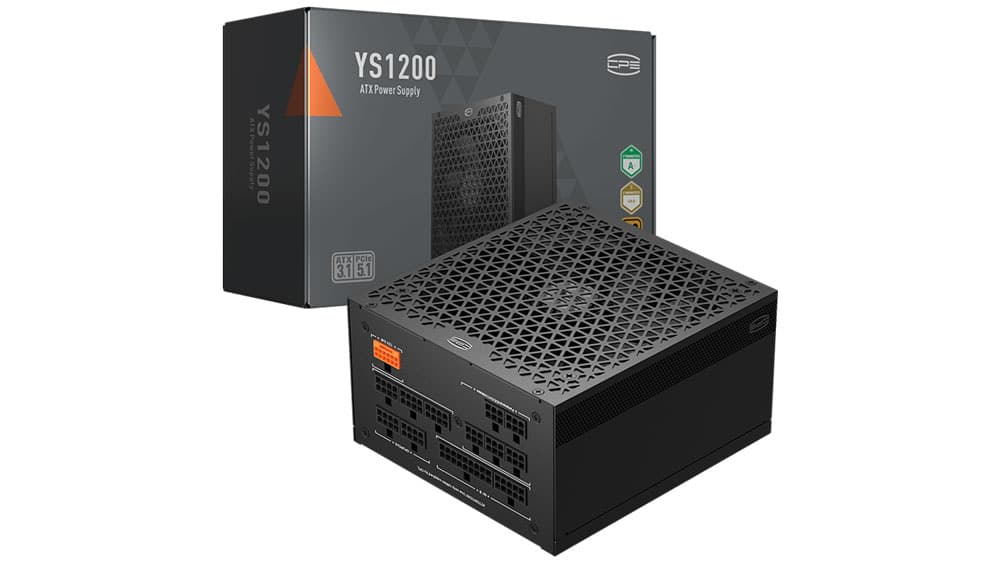
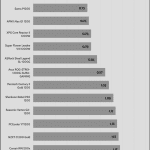

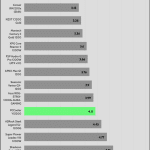
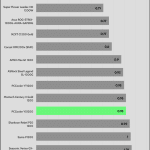
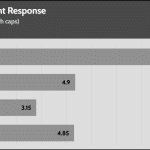
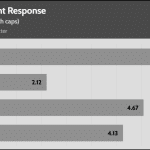
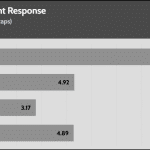
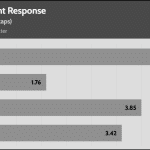
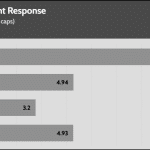


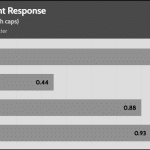
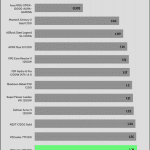
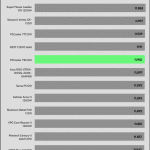
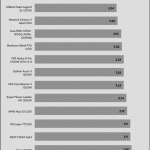


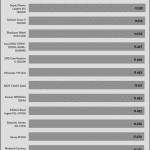

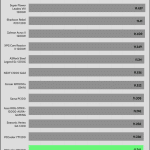
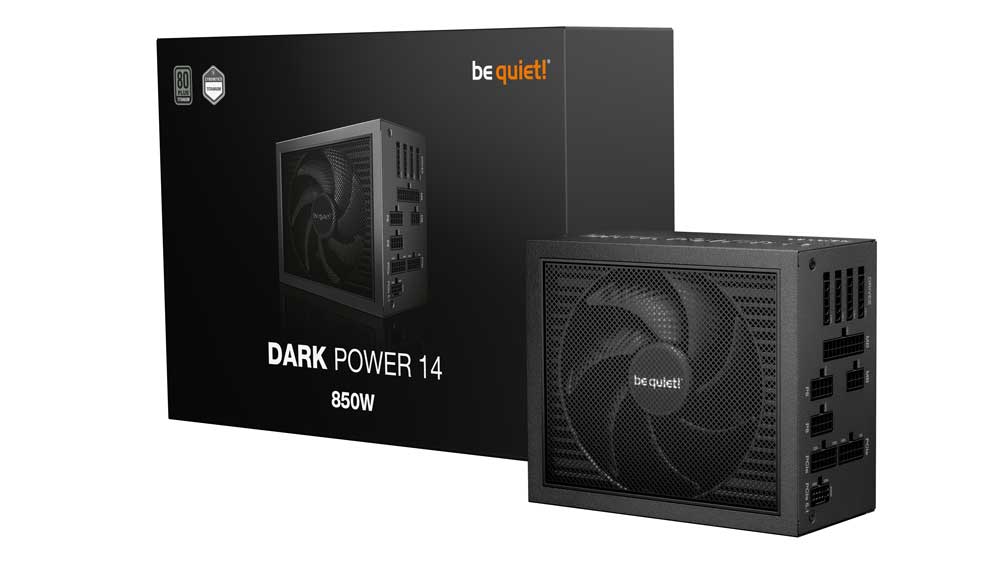

Great review with balanced pros and cons! I really appreciate the detailed breakdown of ripple suppression, efficiency, and noise performance under different loads. Do you think firmware-level tuning could improve the transient response and OCP behavior, or is it more of a hardware limitation in this platform? telu jakarta
by mistake we left in the part analysis MCU etc. damn. I will fix it ASAP. This is NOT a digital platform.
Will you doing a review for the YS1000W version as well?
Hello Aris, i saw something strange in my country psu market, The Gamdias Helios P2 1300g & 1000g has cybenetics gold certification in the units sold in my country, but there’s nothing in cybenetics database about this brand
I have to send another note to Gamdias, as it seems, because they keep on using Cybenetics ratings without having them! Thank you for letting us know!
I hope they sent units for real certification in cybenetics… I also hope Redragon and risemode send units for certification. I don’t buy psu without cybenetics certification
Look it . I saw it, I thought it strange
https://www.kabum.com.br/produto/659749
Hello Aris, it seems that your review of the NZXT C1200 and C1000 is not accurate. The specifications on the Cybenetics site for the NZXT C1000 are listed here https://www.cybenetics.com/evaluations/psus/2448/, but on HW Busters it looks different; that is the NZXT C1200 https://hwbusters.com/psus/nzxt-c1200-atx-v3-1-psu-review/. I hope you can revise it soon. I am also waiting for news on several pending Cybenetics certification, such as the MSI A1250GS and some Gamemax Lioncore PSUs.
Hi Alex, what is wrong? It is typical of me to do some typos in the specs, but please point out what is different to save me some time.
because on your review on hwbusters the part analysis it’s should be NZXT C1000, just rechecked that NZXT C1000 should using this : https://hwbusters.com/psus/nzxt-c1000-atx-v3-1-psu-review/3/
General Data
Manufacturer (OEM) CWT
Platform CXT
PCB Type Double-Sided
Primary Side
Transient Filter 4x Y caps, 2x X caps, 2x CM chokes, 1x MOV
Inrush Protection 1x NTC Thermistor SCK207R0 (7Ω @ 25°C) & Relay
Bridge Rectifier(s)
2x GBJ2510 (700V, 25A @100°C)
APFC MOSFETs
2x Vishay SiHA105N60EF (600V, 8A @ 100°C, Rds(on): 0.102Ohm)
APFC Boost Diode
1x On Semi FFSP1065A (650V, 10A @ 152°C)
Bulk Cap(s)
2x Nippon Chemi-con ( 420V, 560uF each or 1120uF combined, 2000h @ 105°C, KMR)
Main Switchers
2x IPA60R125P6 (650V, 19A @ 100°C, Rds(on): 0.125Ohm)
APFC Controller
Champion CM6500UNX &
CM03X (for no load consumption)
Resonant Controller
Champion CM6901VAC
Topology
Primary side: APFC, Half-Bridge & LLC converter
Secondary side: Synchronous Rectification & DC-DC converters
Secondary Side
+12V MOSFETs 8x Infineon BSC014N04LS (40V, 125A @ 100°C, Rds(on): 1.4mOhm)
5V & 3.3V DC-DC Converters: 2x QM3054M6 (30V, 61A @ 100°C, Rds(on): 4.8mOhm) &
2x QN3107M6N (30V, 74A @ 100°C, Rds(on): 2.6mOhm)
PWM Controller(s): uP3861P
Filtering Capacitors Electrolytic:
4x Nippon Chemi-Con (W)
3x Rubycon (4-10,000 @ 105°C, YXF)Polymer: 31x FPCAPS, 1x Nippon Chemi-Con
Supervisor IC Weltrend WT7502 (OVD, UVD, PGO, )
Fan Model Hong Hua (HA13525H12SF-Z) (135mm, 12V, 0.5A Fluid Dynamic Bearing Fan)
5VSB
TVS Diode P6SMB
Rectifier
Pingwey R1MF
Synchronous Rectification Driver
Leadtrend LD8926AA1
Standby PWM Controller On-Bright OB2365T
based on this data NZXT C1000 on the cybenetics web should use this data, and that NZXT C1000 parts description data on Cybenetics web should belong to NZXT C1200
it seems your just misconfigured the parts description NZXT C1000 on cybenetics and using NZXT C1200 data, i see that you also don’t put the parts description of NZXT C1200 on cybenetics web, maybe you can revised up later
thank you, fixed it!
Is the review for the Hxi 1500 further delayed? Could you give me a rough estimate of when it might be ready?
into next week most likely.
So until Friday?